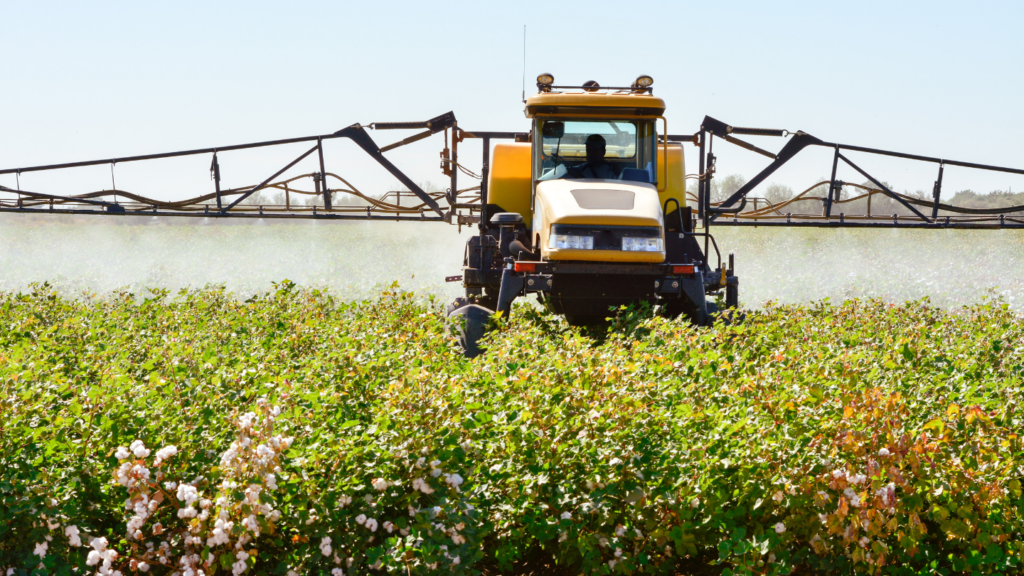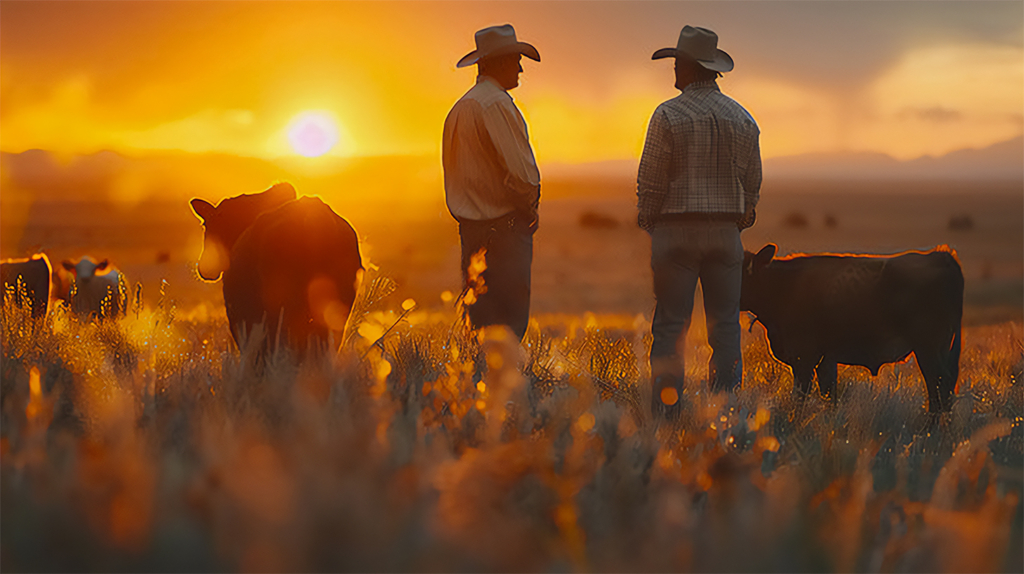
- This event has passed.
NFSHW24: Sharing the Road: Agricultural Equipment and the Driving Public
September 16, 2024 @ 1:00 pm - 2:00 pm CDT
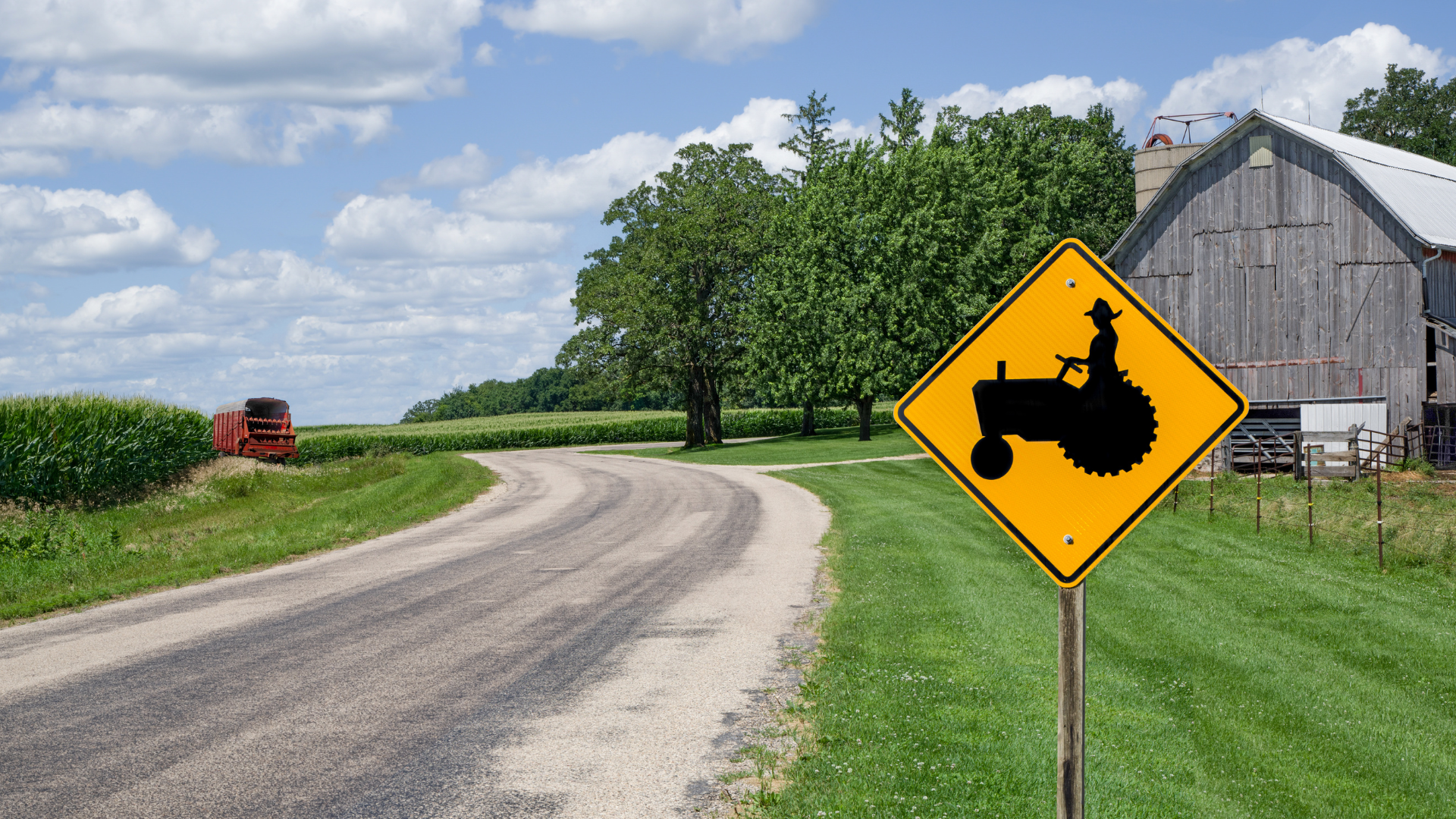
Last updated on December 30th, 2024 at 03:39 pm
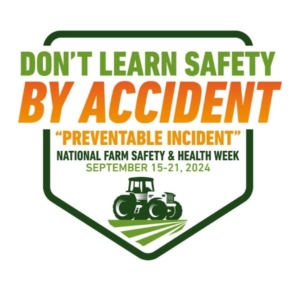 Summary: A collision between agriculture equipment and a passenger vehicles on a roadway often result in serious injury or fatalities. Ag equipment is much larger and heavier than personal vehicles. As agriculture changes, even in rural areas, there are fewer residents that are familiar with ag equipment and may not have an understanding how the equipment on the roadway can affect them. A decision to pass, follow closely, or failure to provide space when meeting equipment on a two-lane road can have consequences. Furthermore, as metropolitan areas expand further into agriculture communities, farmers will meet even more personal vehicles in places they are not expecting them that are not aware of the precautions that they need to take when meeting or passing ag equipment. Farmers also have responsibility when driving on rural roadways, they need to be aware of vehicles around them, how much of the road they are taking up, and that they are using the equipment’s lighting and signage properly. This webinar is to provide an understanding of where the interaction between agriculture machines and non-rural traffic is occurring, what are some of the more common types of incidents that are occurring, and what resources are available to reduce ag equipment and regular vehicle incidents.
Summary: A collision between agriculture equipment and a passenger vehicles on a roadway often result in serious injury or fatalities. Ag equipment is much larger and heavier than personal vehicles. As agriculture changes, even in rural areas, there are fewer residents that are familiar with ag equipment and may not have an understanding how the equipment on the roadway can affect them. A decision to pass, follow closely, or failure to provide space when meeting equipment on a two-lane road can have consequences. Furthermore, as metropolitan areas expand further into agriculture communities, farmers will meet even more personal vehicles in places they are not expecting them that are not aware of the precautions that they need to take when meeting or passing ag equipment. Farmers also have responsibility when driving on rural roadways, they need to be aware of vehicles around them, how much of the road they are taking up, and that they are using the equipment’s lighting and signage properly. This webinar is to provide an understanding of where the interaction between agriculture machines and non-rural traffic is occurring, what are some of the more common types of incidents that are occurring, and what resources are available to reduce ag equipment and regular vehicle incidents.
Intended Audience: Driving public, producers, and ag service providers
Objectives: At the end of this webinar, participants will be able to…
- Types of roadway incidents involving ag equipment that occur
- Where many of these incidents occur
- The lighting and marking available on modern agricultural equipment
- What resources are available to help producers be seen on roadways.
Presenter: Ed Brokesh, PhD, MBA, BS Ag Engineering
Assistant Professor, Carl and Melinda Helwig Bio and Ag Engineering Department, Kansas State University
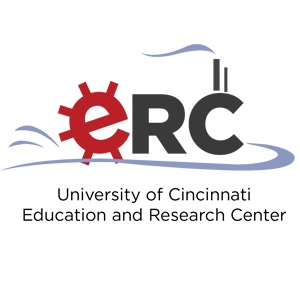 Continuing Education: The University of Cincinnati, Department of Environmental and Public Health Sciences, Education and Research Center offers 1. 0 contact hours for this activity. Upon completing the evaluation, learners will receive a certificate of completion. This course can meet continuing education requirements for a variety of professionals including: BGC criteria for IH/CIH professionals, BCSP criteria for safety professionals, CPH criteria for public health professionals. Please contact your accrediting agency regarding questions about receiving credits for this activity.
Continuing Education: The University of Cincinnati, Department of Environmental and Public Health Sciences, Education and Research Center offers 1. 0 contact hours for this activity. Upon completing the evaluation, learners will receive a certificate of completion. This course can meet continuing education requirements for a variety of professionals including: BGC criteria for IH/CIH professionals, BCSP criteria for safety professionals, CPH criteria for public health professionals. Please contact your accrediting agency regarding questions about receiving credits for this activity.
A special thank you to our NFSHW sponsors:













